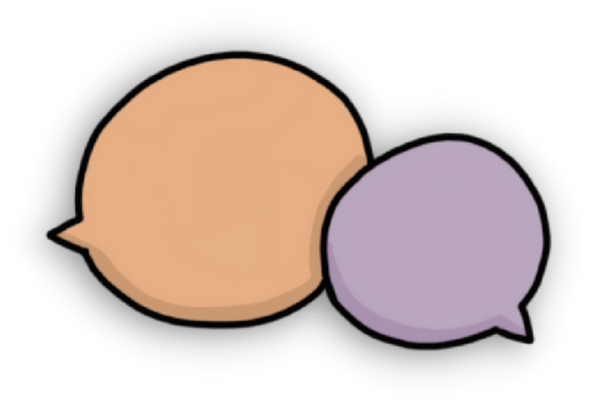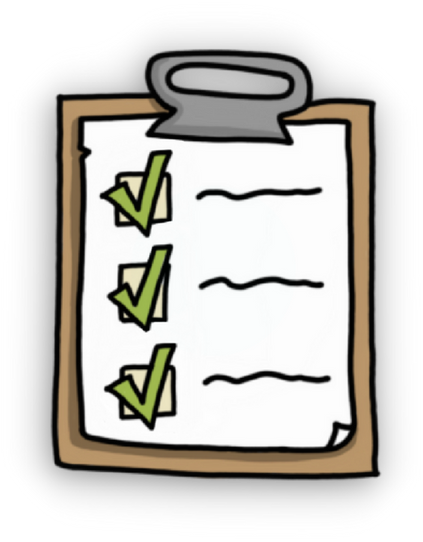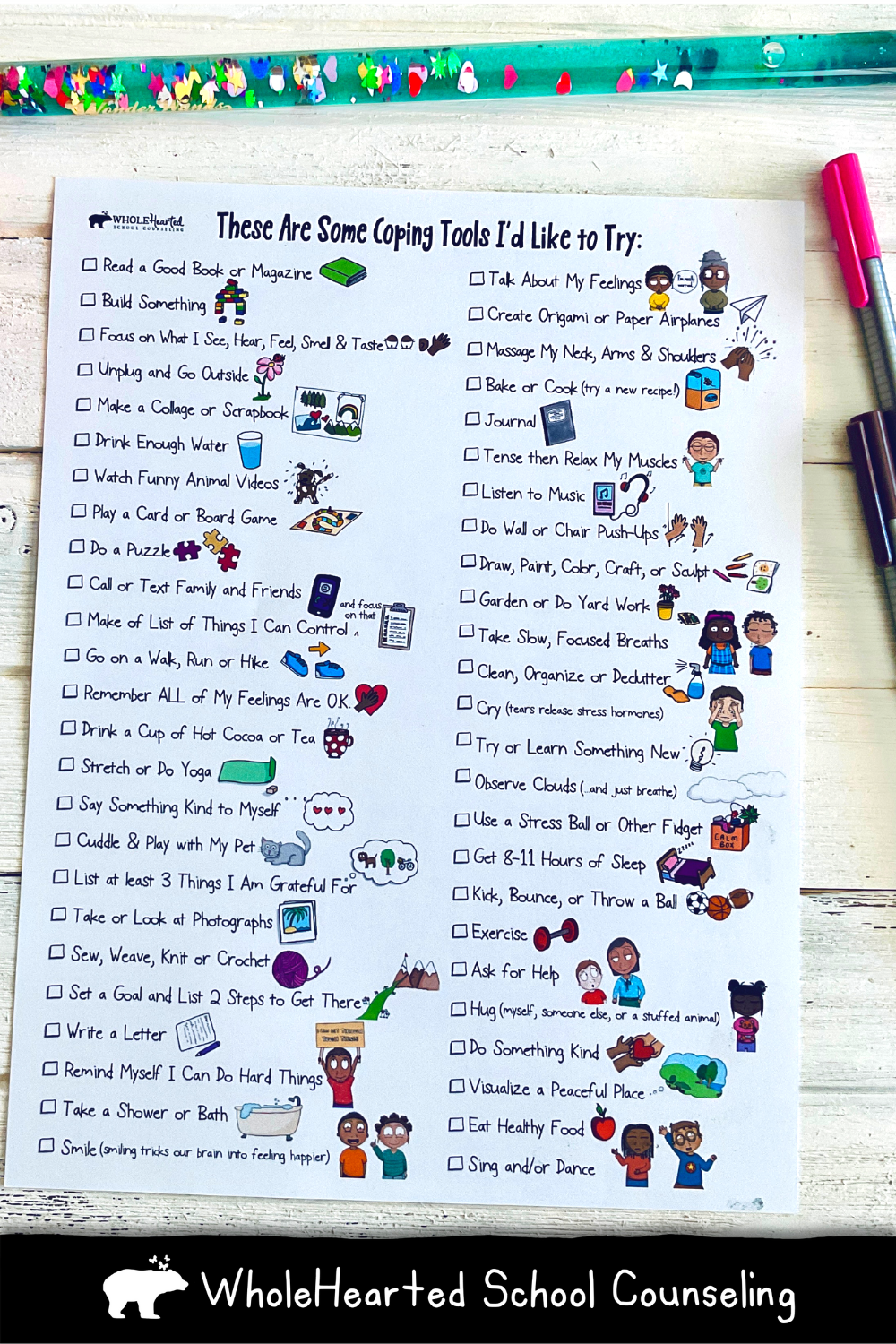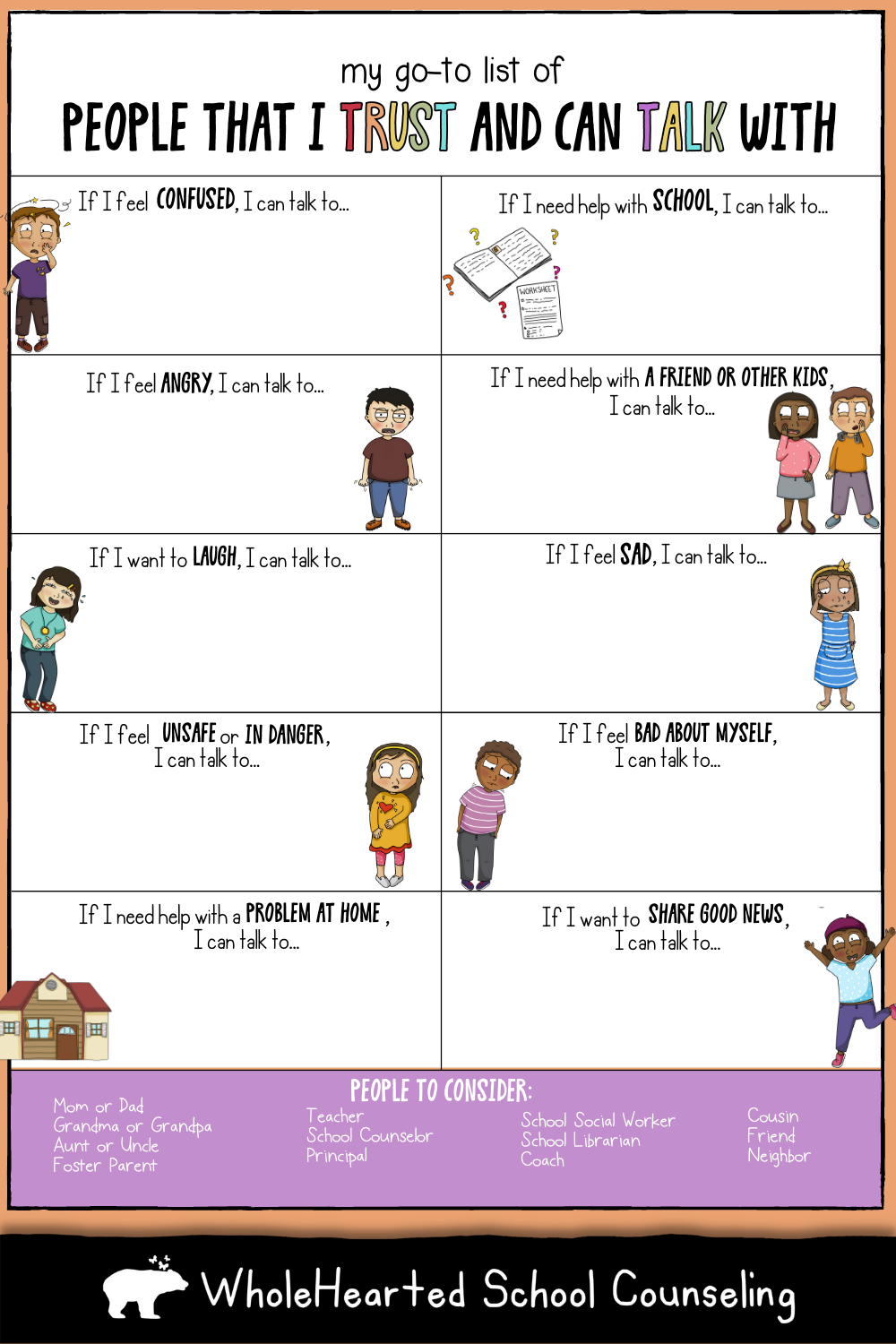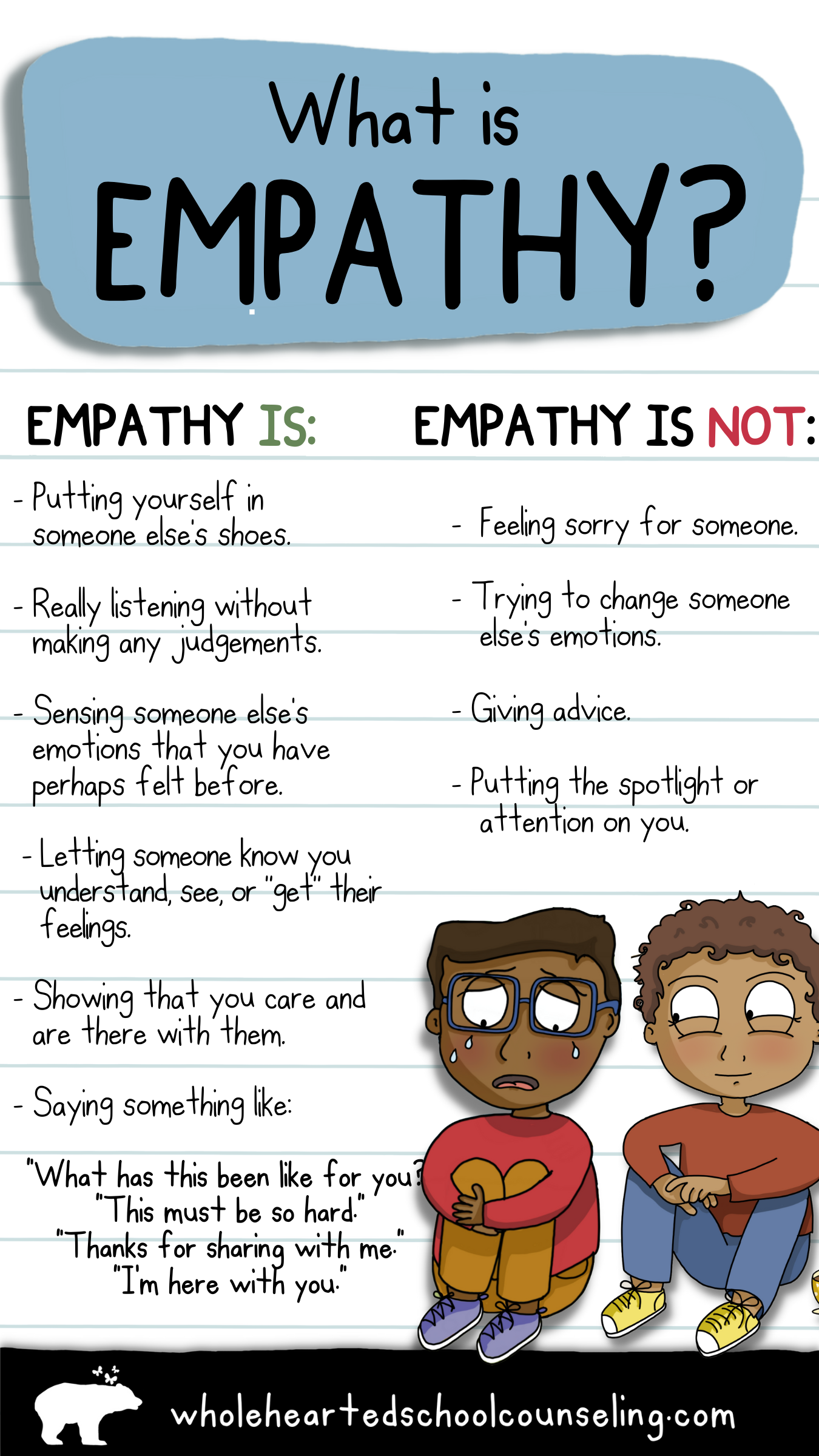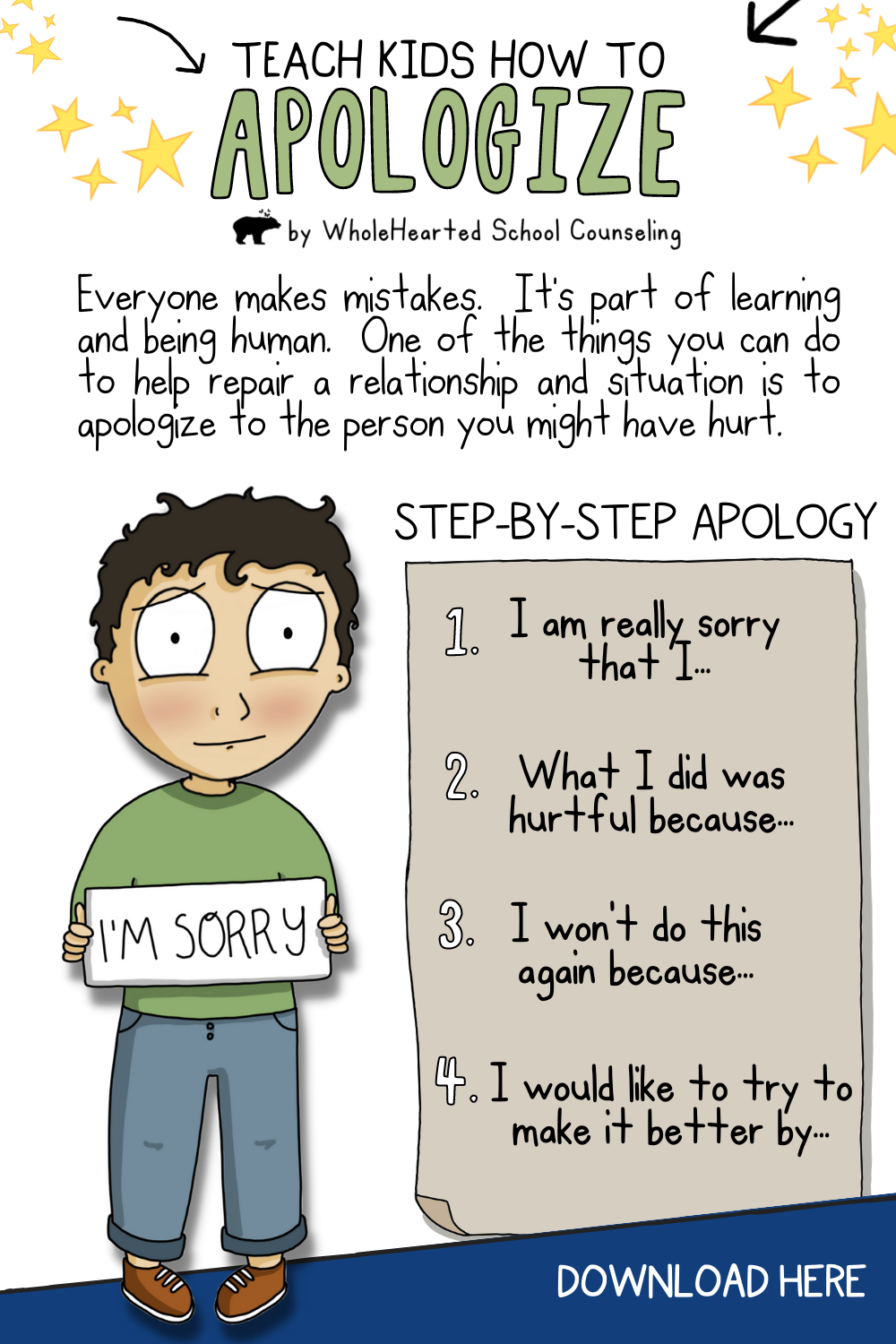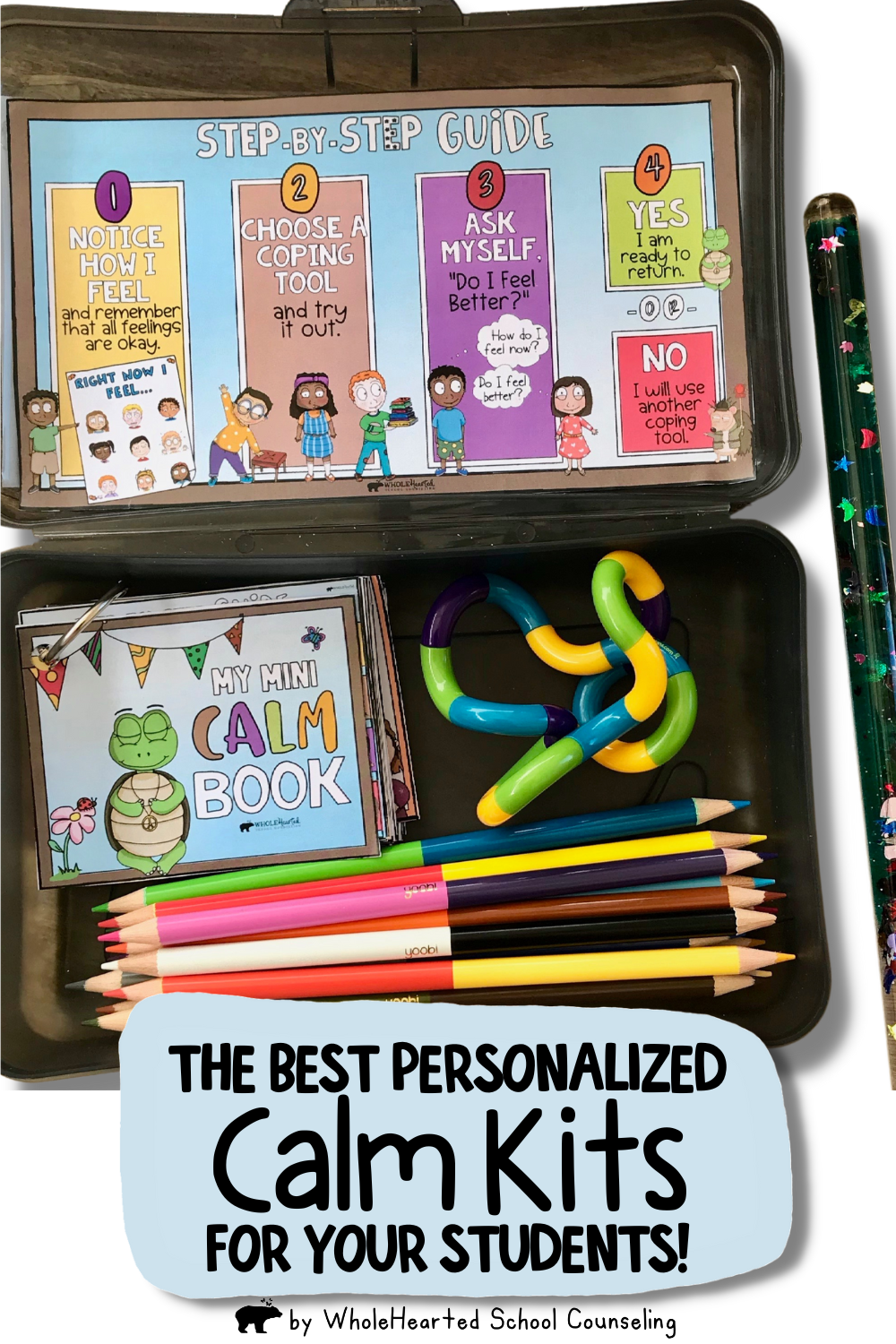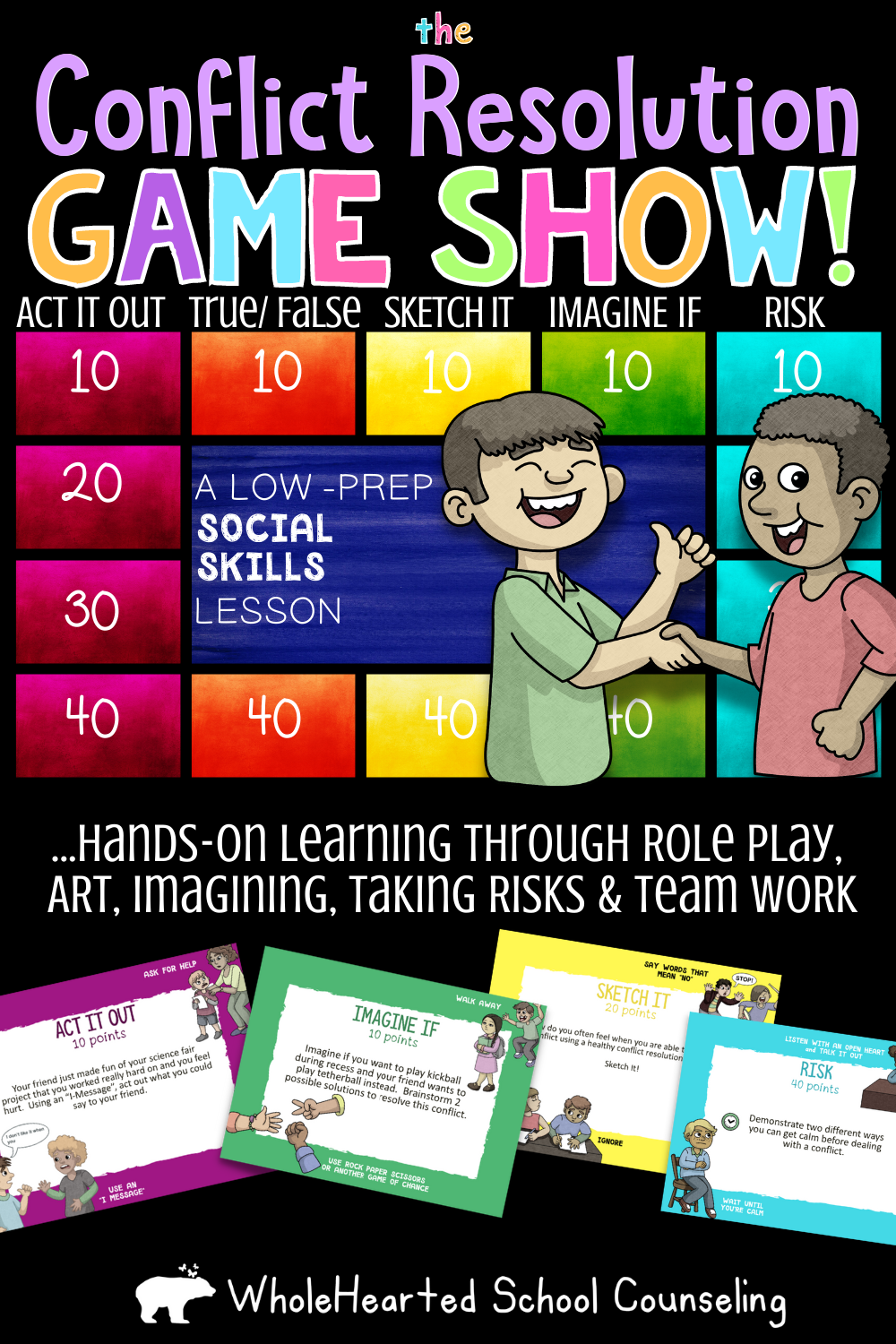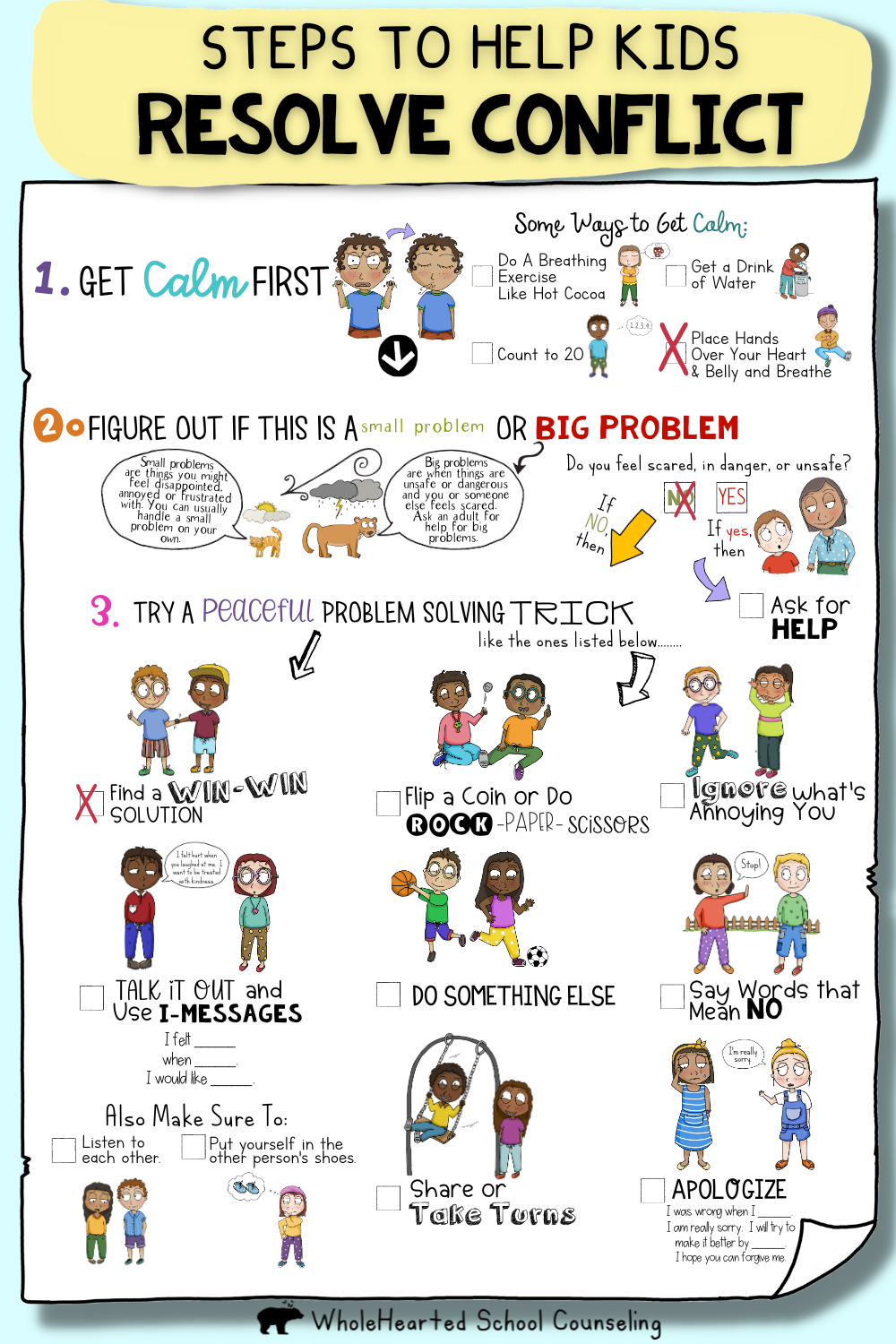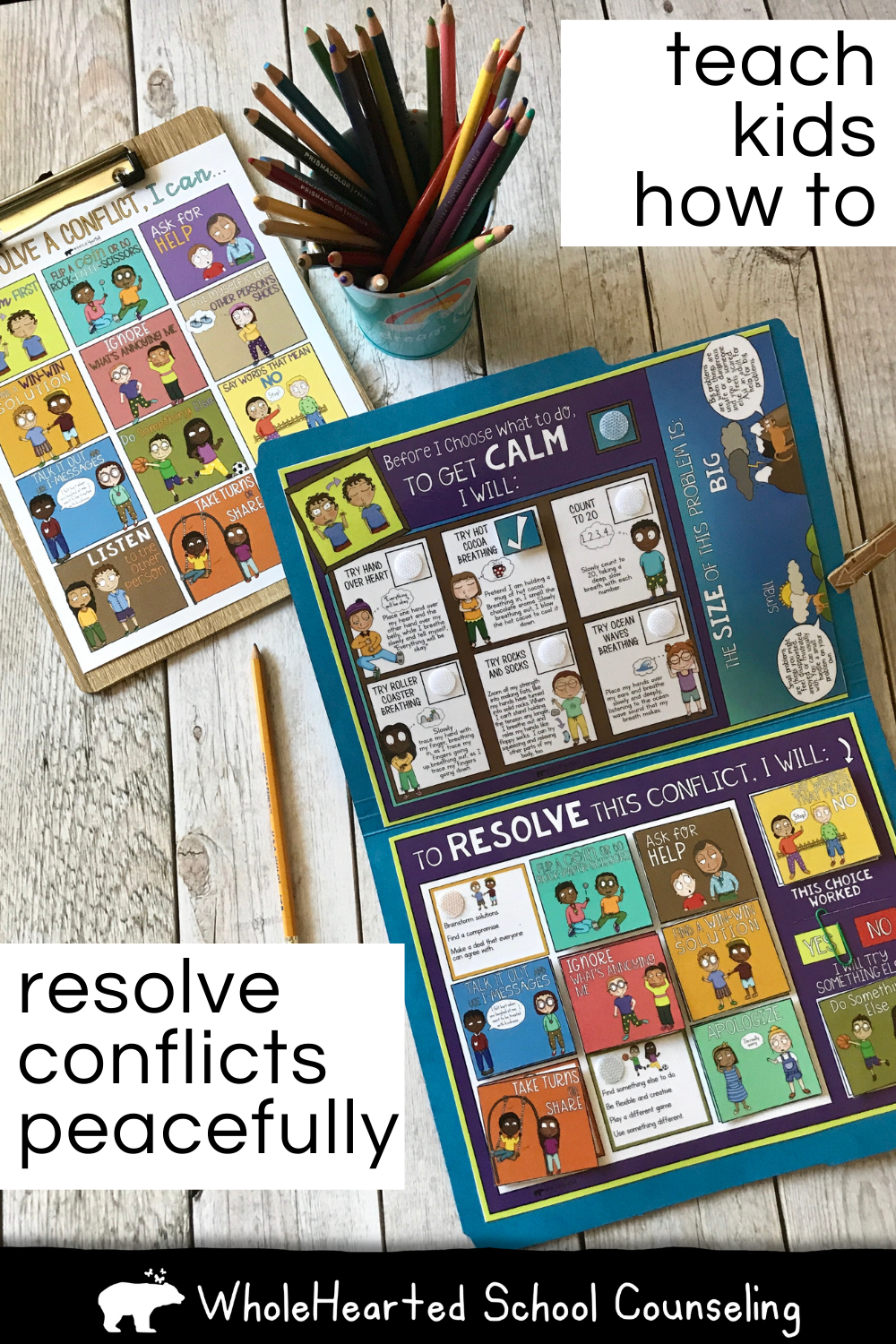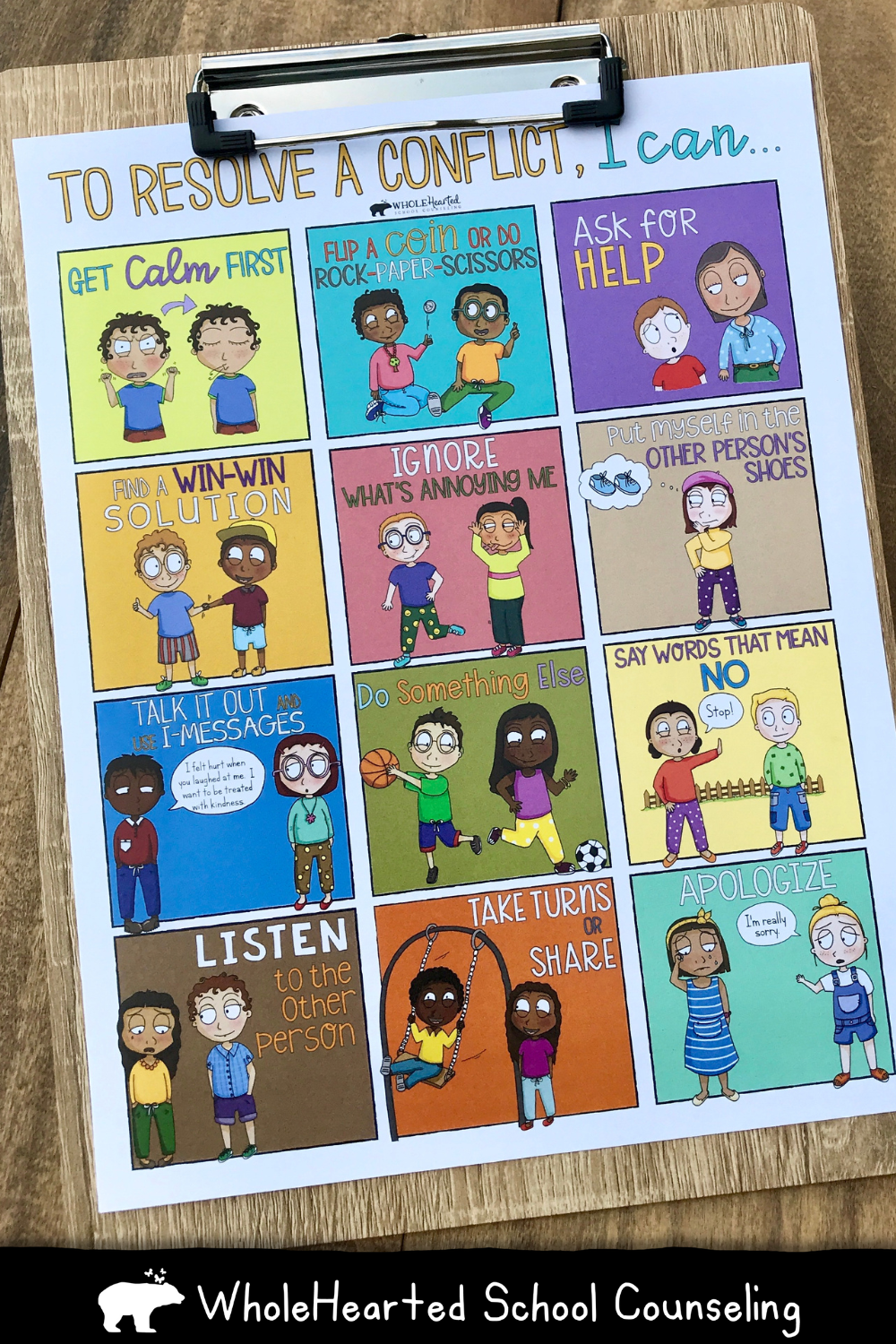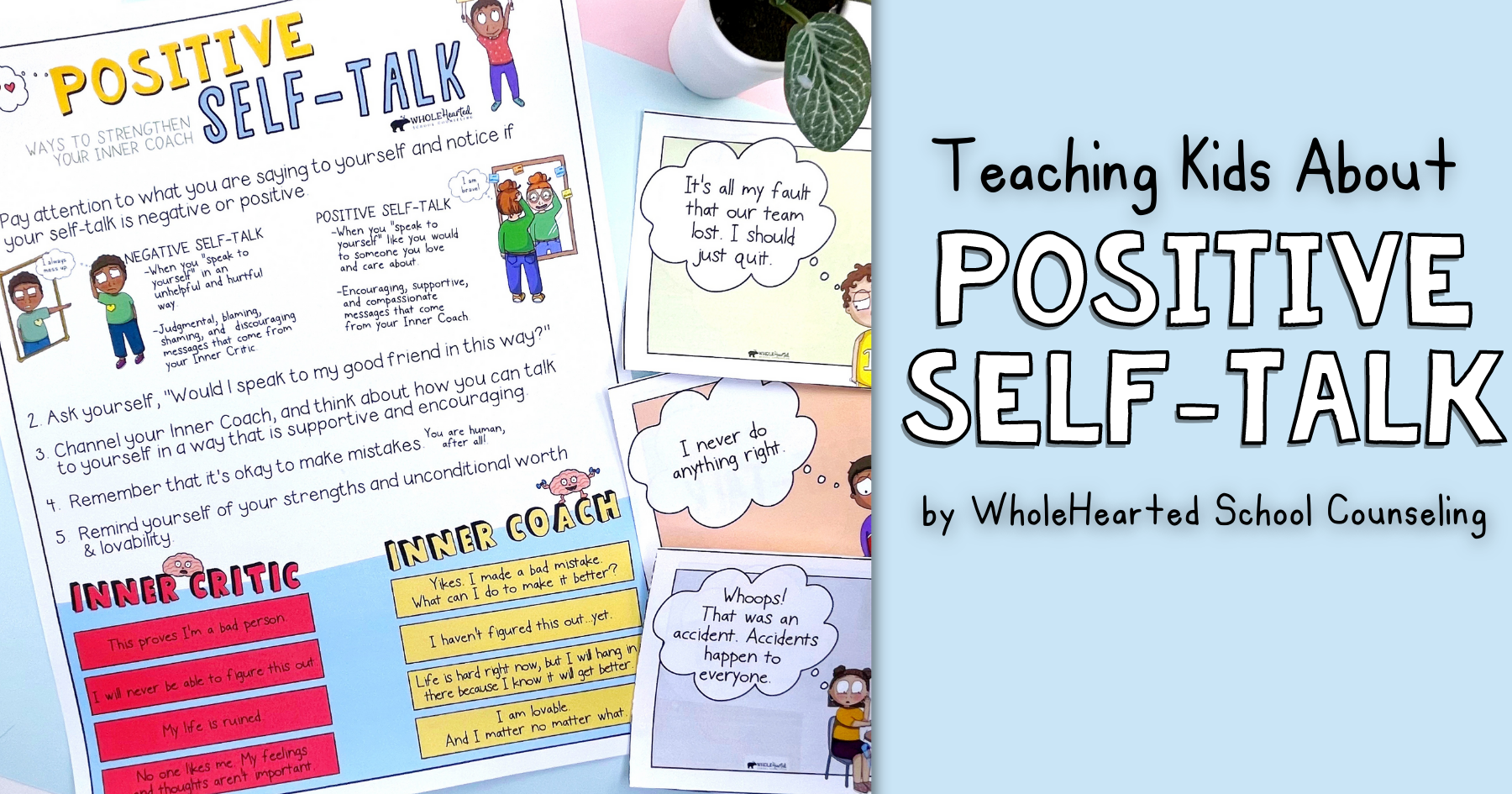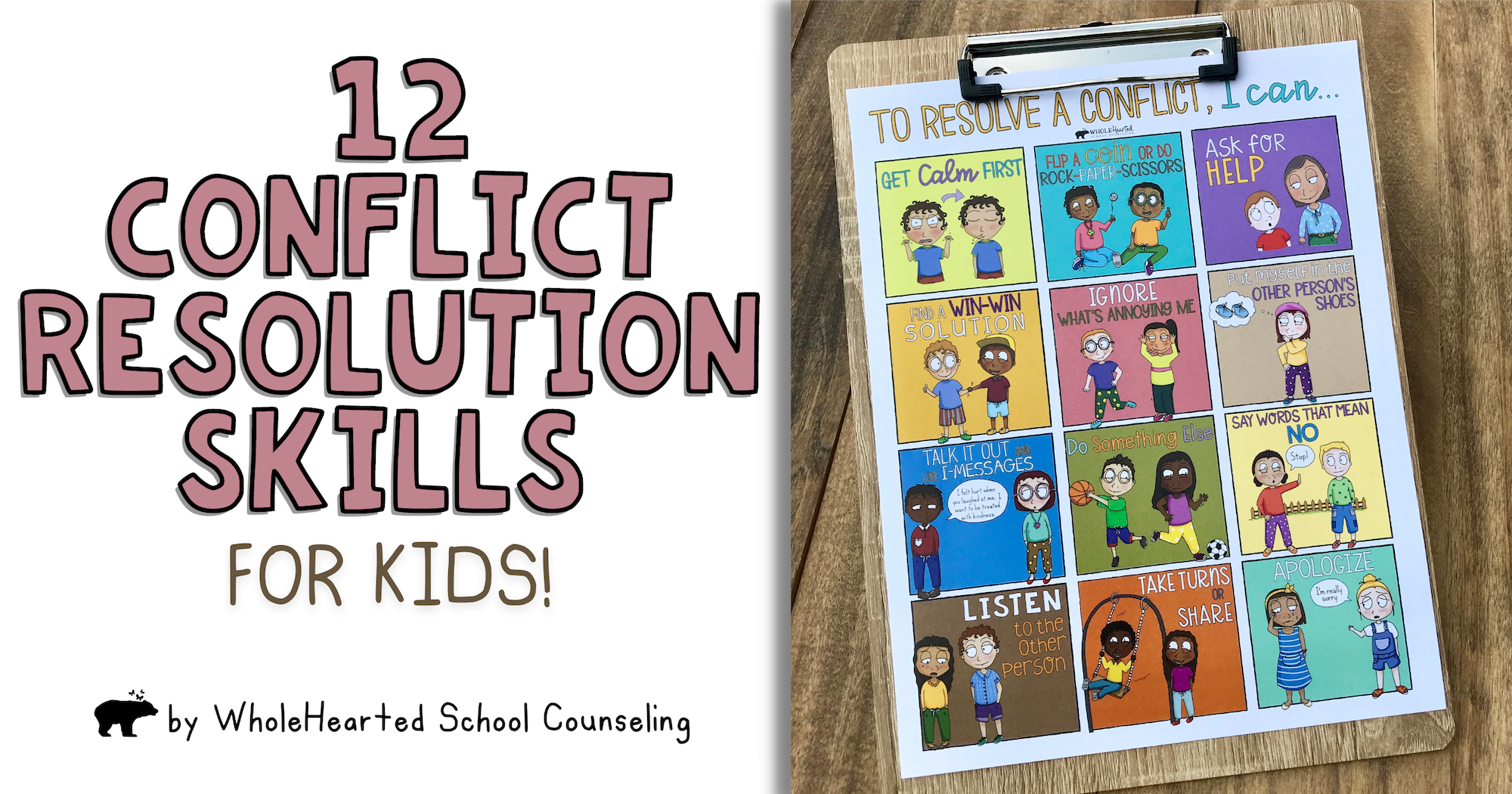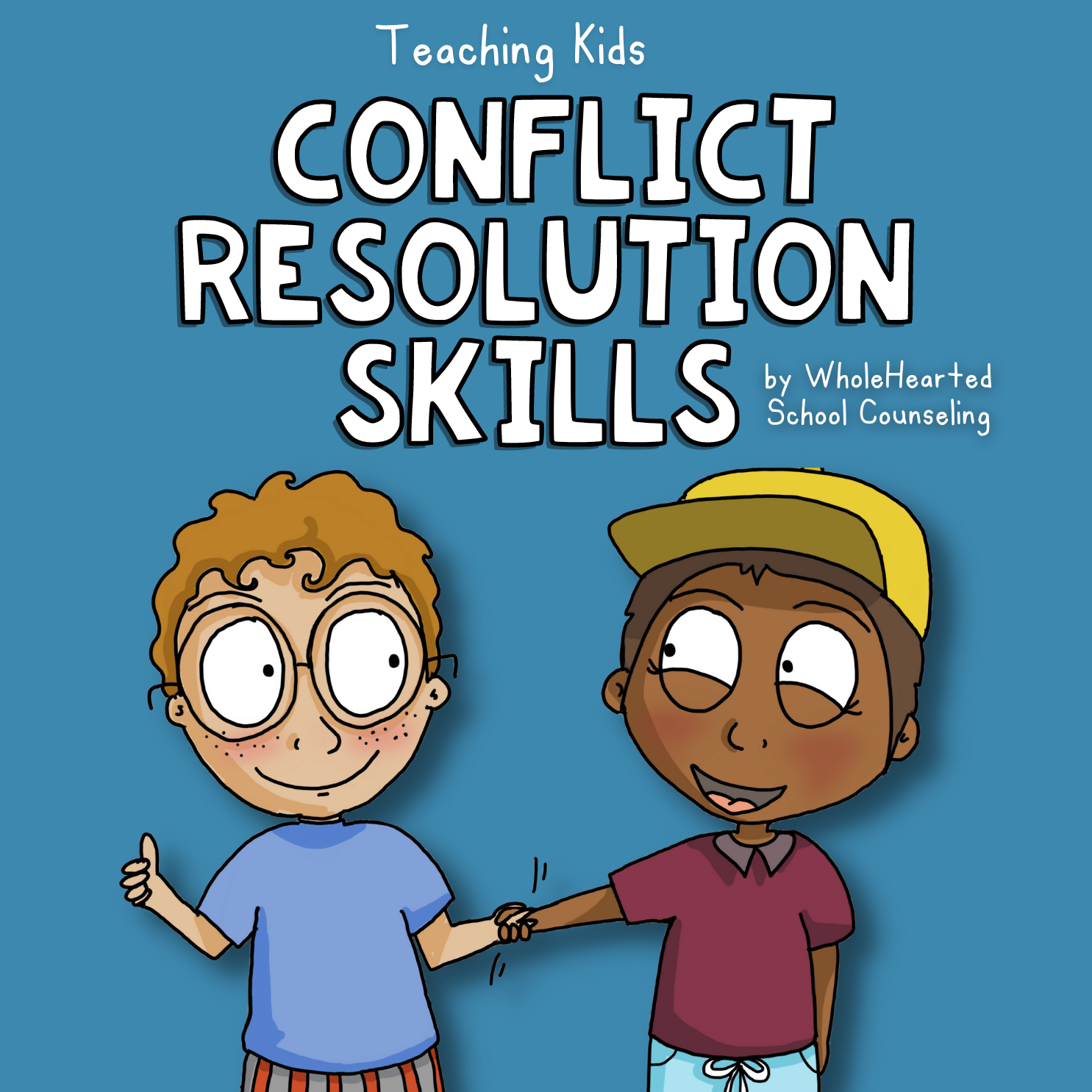
If you’re a parent, or someone who works with kids on a daily basis (shout out to teachers and school counselors!), you know firsthand how important it is for kids to learn conflict resolution skills. Because let’s be real, conflict is a part of life (darn it!), and sometimes it can feel like we’re refereeing one conflict after the next.
From arguing over toys to fighting over who’s in charge of the remote to drama and disagreements with friends, conflict can leave both kids (and adults) feeling frustrated, upset, and exhausted.
That’s why teaching kids how to effectively manage and resolve conflict is so crucial. It not only helps them build stronger relationships with others, learn how to problem solve, develop healthy communication, and figure out their boundaries, it also helps us grown-ups avoid pulling our hair out all the time.
As adults, we have the responsibility to model healthy conflict resolution for our kids. After all, they’re like sponges, soaking up everything we do and say. By teaching them how to handle conflict in respectful and helpful ways, we are helping them build a foundation for a happier and more fulfilling life.
And guess what? Teaching conflict resolution doesn’t have to be a chore. In fact, it can be a lot of fun. (Yes, really!). So, let’s dive in and explore some tips and tricks for helping your kids or students become conflict resolution pros
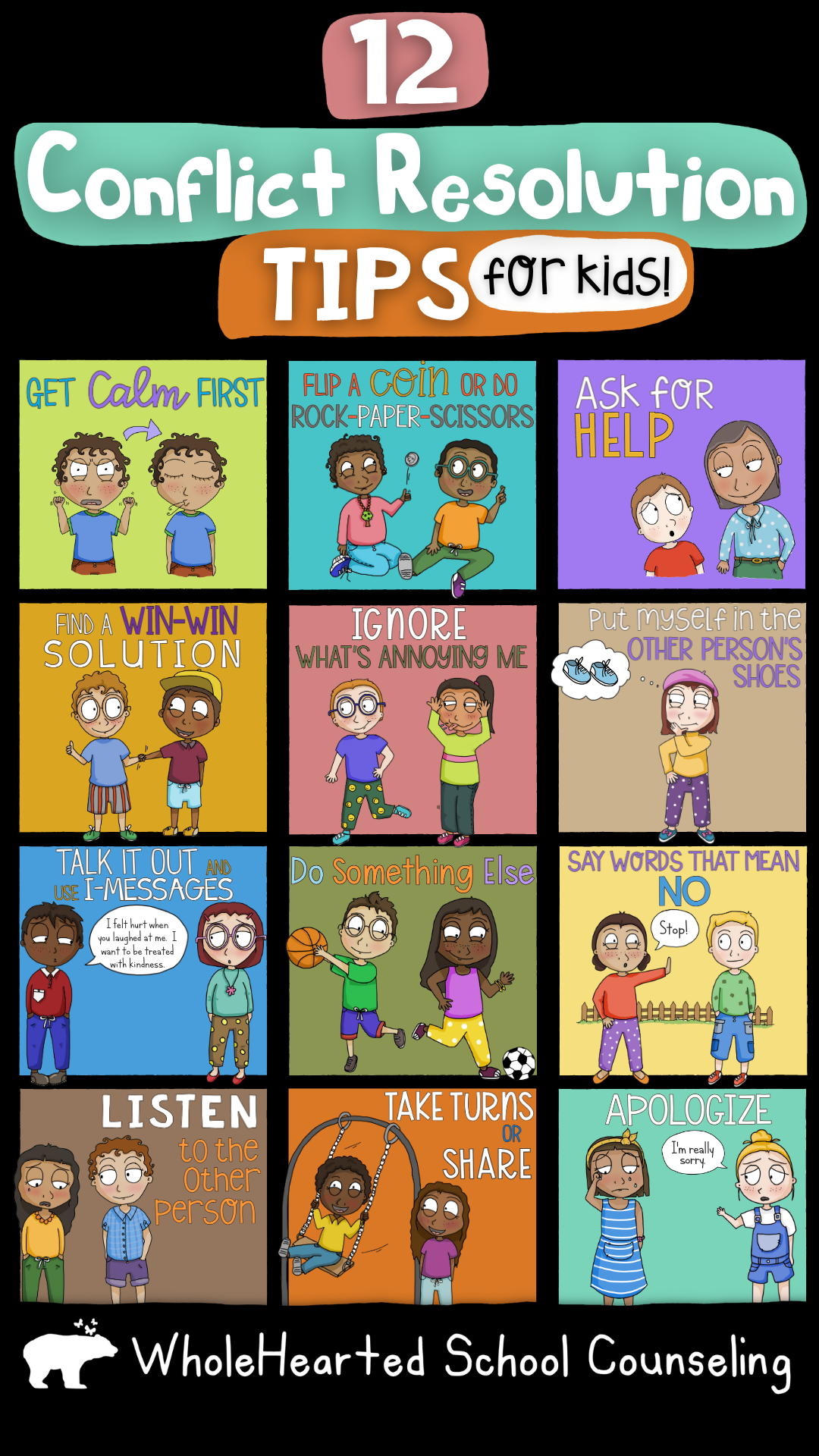
Conflict Resolution Skills Starts At Home
Curious where to start? Here are few easy to implement ideas to encourage positive conflict resolution from the get go…at home.
Get Calm First
First things first, get calm! And when I say get calm before doing anything else, I’m not just suggesting this for for kiddos…I am suggesting it for us grown-ups, too. If you’re not calm, it’s pretty much a given that your children won’t be either. A calm adult means a greater chance for calming co-regulation.
Plus, it’s hard to help meditate a conflict if you’re not calm. It’s hard to resolve conflicts if those involved are not calm. Moreover, it may very well be that the conflict is between parent and child, as happens lots in our home, so this becomes even more exponentially important.
It’s really difficult, after all, to make decisions or resolve conflicts when we’re upset. That’s why modeling calming strategies such as taking slow, focused breaths, taking a break, or going for a walk can be helpful.
Encourage your child to practice different calming strategies before he or she is in the middle of a conflict. Have them draw or write down a list of what helps them. Or provide them with a poster or checklist with different coping skills ideas. This way they can have a visual reminder of what to do FIRST the next time they are dealing with a problem.
Encourage Kids to Ask For Help
Until the problem solving part of the brain is fully developed, asking an adult for help can be a key skill to successful conflict resolution. In fact, they say the most successful people in the world all have this one skill in common: they know how to ask for help!
Help can be provided by role playing the conversation, giving advice on alternative strategies, simply listening, or by stepping in and mediating the conflict.
Once your child has practiced, many, many times, they will become more independent in resolving conflicts. These are not skills we are born with so the more children practice, the better.
Learning to Say “No”
Lastly, let’s not forget about boundaries. Saying “no” is a crucial part of developing healthy relationships. When parents say “no” to their children, perhaps because something is unsafe, not right, or inappropriate, children get to start formulating their own boundaries. If we never teach our children boundaries, how will they learn it for themselves as they grow older?
Saying “no” doesn’t have to sound mean or hurtful. Phrases like “It sounds great, but won’t work this time” or “I can see how fun it would be to stay longer at the park, but it’s time to go home now” can be other ways of saying “no.”
Establishing boundaries helps children understand their values and remain true to themselves. Having clear boundaries provides children with an internal compass, empowering them to make confident decisions when navigating conflicts later in life.
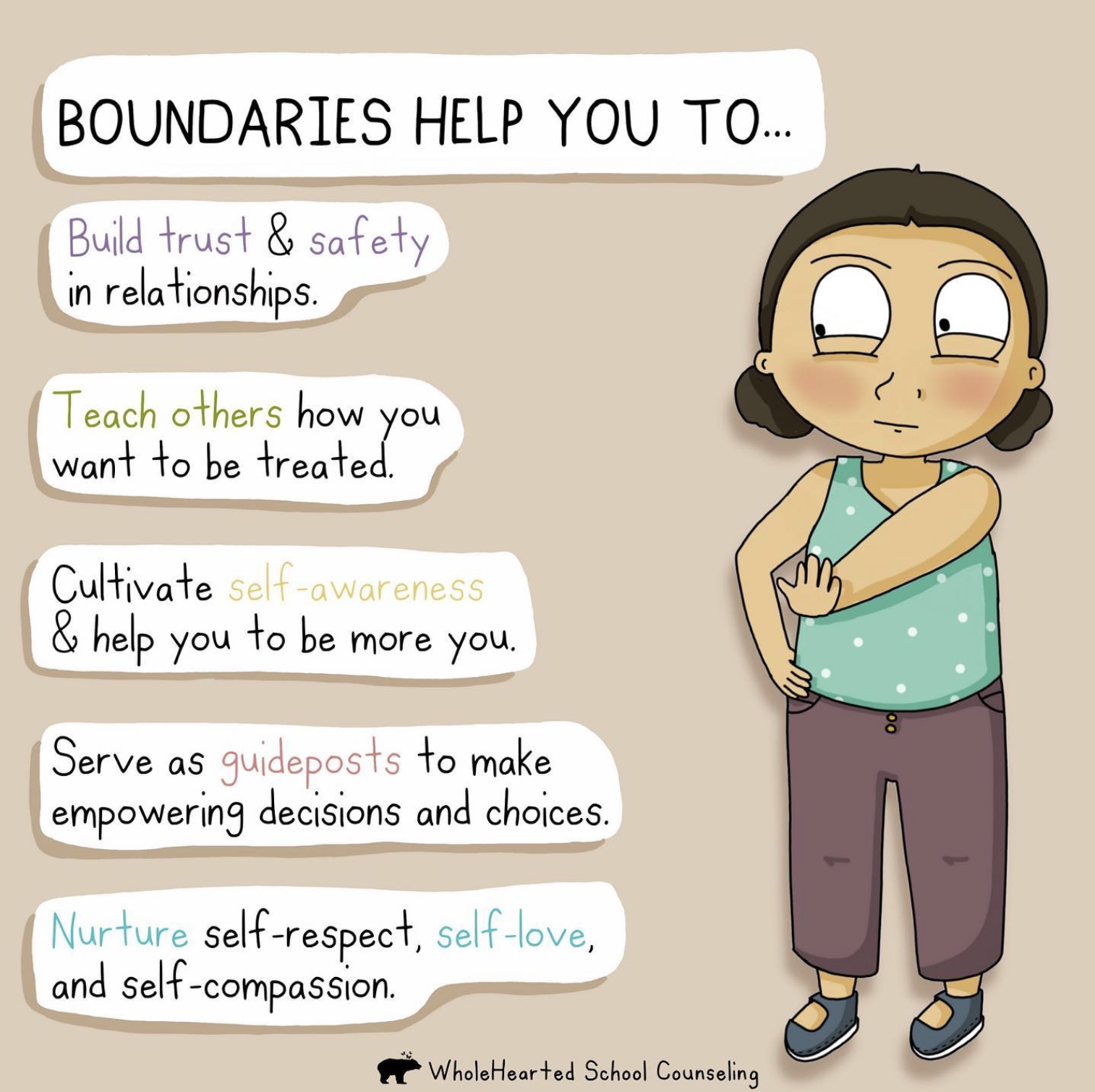
Teach Internal Conflict Resolution Strategies
Many conflicts can actually be dealt with by using internal conflict resolution strategies. These are skills that are more focused on your own personal response, as compared to getting another person to make changes.
1. Ignore It: Either through indirect modeling or direct conversations, you can teach your children when are appropriate situations to simply ignore the behavior that is causing the annoyance. For example, tour younger sister is bugging you because she’s eating with her mouth open, ignore it and mover further away from her.
2. Empathy: Teach your children about putting yourself in another person’s shoes. And one of the best ways to do this at home, is for you to show and practice lots and lots of empathy towards your children. Reflect back on what he or she might be feeling. Ask him or her what’s going on. Say back what you hear him or her saying.
3. Apologize: Apologizing starts internally because you have to use your empathetic lens to identify what you did that was hurtful to the other person.
And yup, I’m talking to about us parents apologizing to our children when we make a mistake that is hurtful to our children. Do this because it is the right thing to do. In addition, it teaches our children how to apologize, too.
When we model the behavior of apologizing, we are showing our children how to take responsibility for their actions. And just as important, we are teaching them how to make amends when they’ve done something wrong. Not only does this help children develop empathy, it also helps them learn the importance of owning up to their mistakes.
You might say I’m an expert apologizer. Can’t tell you how many times I’ve flipped my lid and yelled at my own own children or been lost in my own world that I’ve neglected to give them attention when they needed it. Apologizing really goes a long way in helping to make repairs and restore connection.
Teaching Conflict Resolution Skills at School
Having been a school counselor, I know how disruptive conflicts can be in the classroom. When conflict arises at school, we don’t want it to ruin an entire day or spill over into the entire week. Using a few simple tools, you can teach your students how to successfully and assertively resolve conflict.
Get Calm First
I know I sound like a broken record. But, it really is the most important first step in any problem solving strategy.
Kids need to know where and how to get calm when they are at school. This is different than at home where they have more freedom of location or the comfort of a pet or favorite stuffed animal.
Teach kids breathing exercises for brain break exercises and/or transition times. This way they can more easily remember to take deep breaths before dealing with a conflict.
If you have the space, and haven’t already, set up a calm corner in your classroom or school counseling office. (No space for a Calm Corner? No worries! I created a portable calm corner that fits perfectly in a binder, folder, and/or pencil box. And comes with over 100 calming interventions).
Different Ways to Teach Conflict Resolution Lessons
Incorporate fun conflict resolution lessons into your curriculum. Here are some ideas!
Role-playing: Role-playing is an effective and super fun way of teaching conflict resolution skills to kids. Through role play, children get to practice resolving conflicts in a safe and controlled environment. Teachers or school counselors can set up scenarios that simulate conflicts that children may encounter in their daily lives. They can then guide the children through the process of resolving the conflict by asking questions and providing feedback.
Storytelling: Who doesn’t love a good story? Stories are an excellent way of teaching children about conflicts and how they can be resolved. Teachers can use picture books or create their own stories to help children understand the importance of listening, empathy, and compromise.
Group discussions: During morning meetings or circle time, invite your students to talk about different types of conflict they face. And then ask your students to share their thoughts and feelings about conflicts. Through these discussions, children can learn to understand different perspectives and practice empathy.
Group projects: Collaborative projects teach your students how to work together and resolve conflicts that may arise during group work. Some of the big skills children learn during group projects includes how to communicate effectively, find win-win solutions, and how to compromise.
5. Play Classroom Games: As Fred Rodgers used to say, “Play is often talked about as if it were a relief from serious learning. But for children play IS serious learning. Play is really the work of childhood.” This understanding is what inspired me to create social emotional learning lessons in the form of collaborative AND competitive quiz show style lessons. Of the 53 different topics I’ve created in this format, my Conflict Resolution Game Show has done the best.
This lesson / game is as low prep as it gets. Plus it’s and super fun! It’s played similar to Jeopardy, with the categories being Act It Out, True or False, Sketch It, Imagine If and Risk. Plus it reviews concrete conflict resolution strategies that student can use in school and at home.
Focus On Concrete Conflict Resolution Skills
When teaching students about ways to resolve conflicts, help them learn basic, concrete things they can do. Some the most basic and helpful tools (after getting calm first) are:
- Find a win-win solution
- Ignore or walk away
- Flip a coin
- Do Rock-Paper-Scissors
- Say “no” or words that mean “no”, such as “stop”
- Use I-statements to communicate
- Take turns
- Share
- Do something else
- Listen to each other
- Put yourself in the other person’s shoes
- Ask for help
- Apologize
Some Examples You Can Use When Teaching About Conflict Resolution Strategies with Your Students
Can’t decide who should be king of the court first in four-square? Flip a coin or do rock paper scissors.
You want to do your science fair project on germs and your partner wants to build the most aerodynamic paper airplane? Find out what you have in common, and keep searching until you find a win-win solution.
You head out for recess and your friends aren’t interested in playing the floor is lava today and you really don’t want to do their idea of playing school. Do something else.
You found out your “best friend” posted some not so nice photos of you on her snapchat last night. Or your classmate took something from your locker without permission. Teaching the use of I-Statements enables students to respectfully communicate big feelings and be heard.
Help Students Resolve Conflict Independently
After practicing and reviewing with your students different ways to deal with conflict, encourage them to try out different strategies on their own (unless, of course, they are dealing with a BIG problem the puts their safety or safety of another at risk).
Getting kids to feel empowered to resolve conflict with their peers was what inspired me to create the my Conflict Resolution Step-by-Step Mediation Guide / Lap book for kids. This tool can be a lifesaver in the classroom, providing students with the skills they need to resolve conflicts on their own.
It’s an easy-to-use resource that students can utilize to resolve conflicts on their own. It’s designed to be fun and hands-on, so students enjoy using it, while teachers appreciate that it helps students learn to solve problems independently. Also works great as a tool to use during peer mediation. Can also be used at home for sibling conflict, too!


